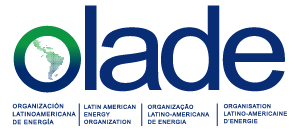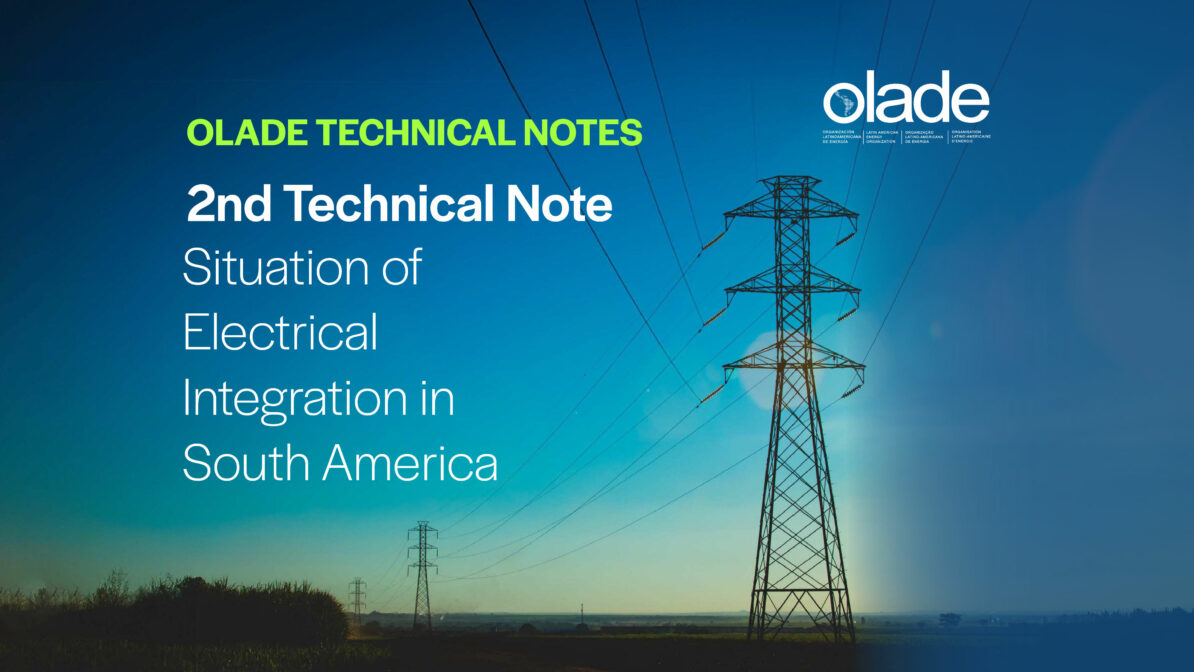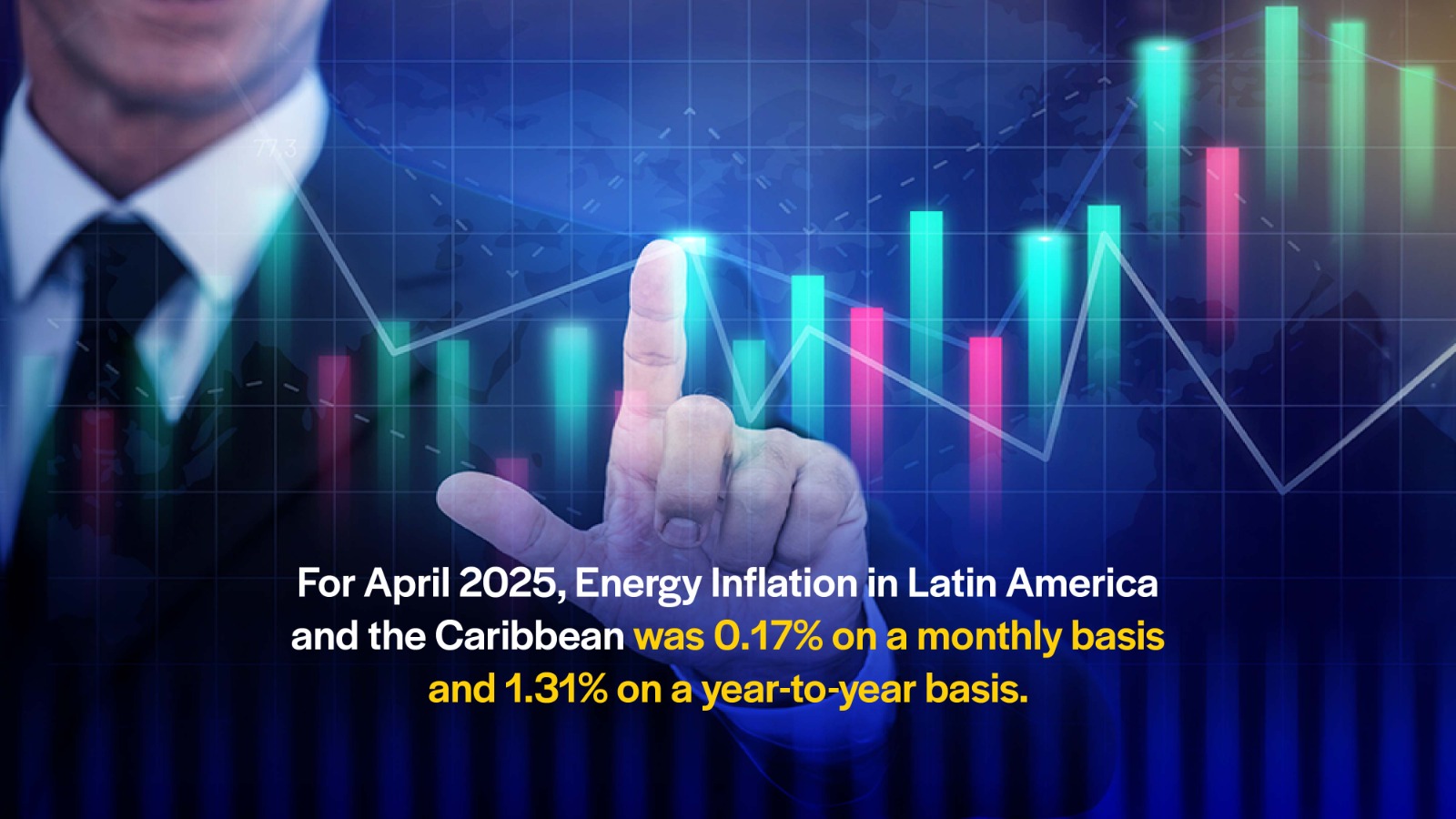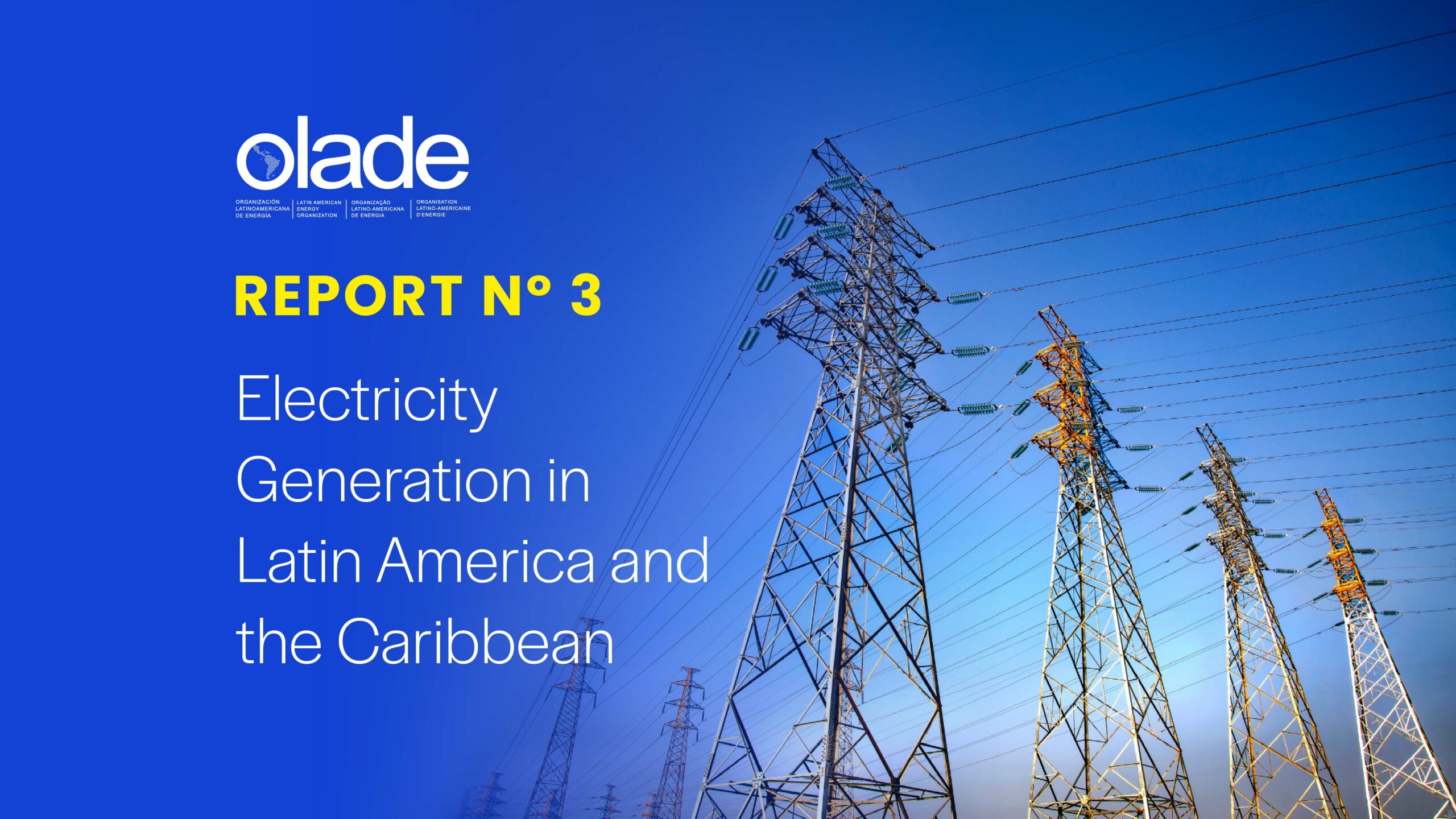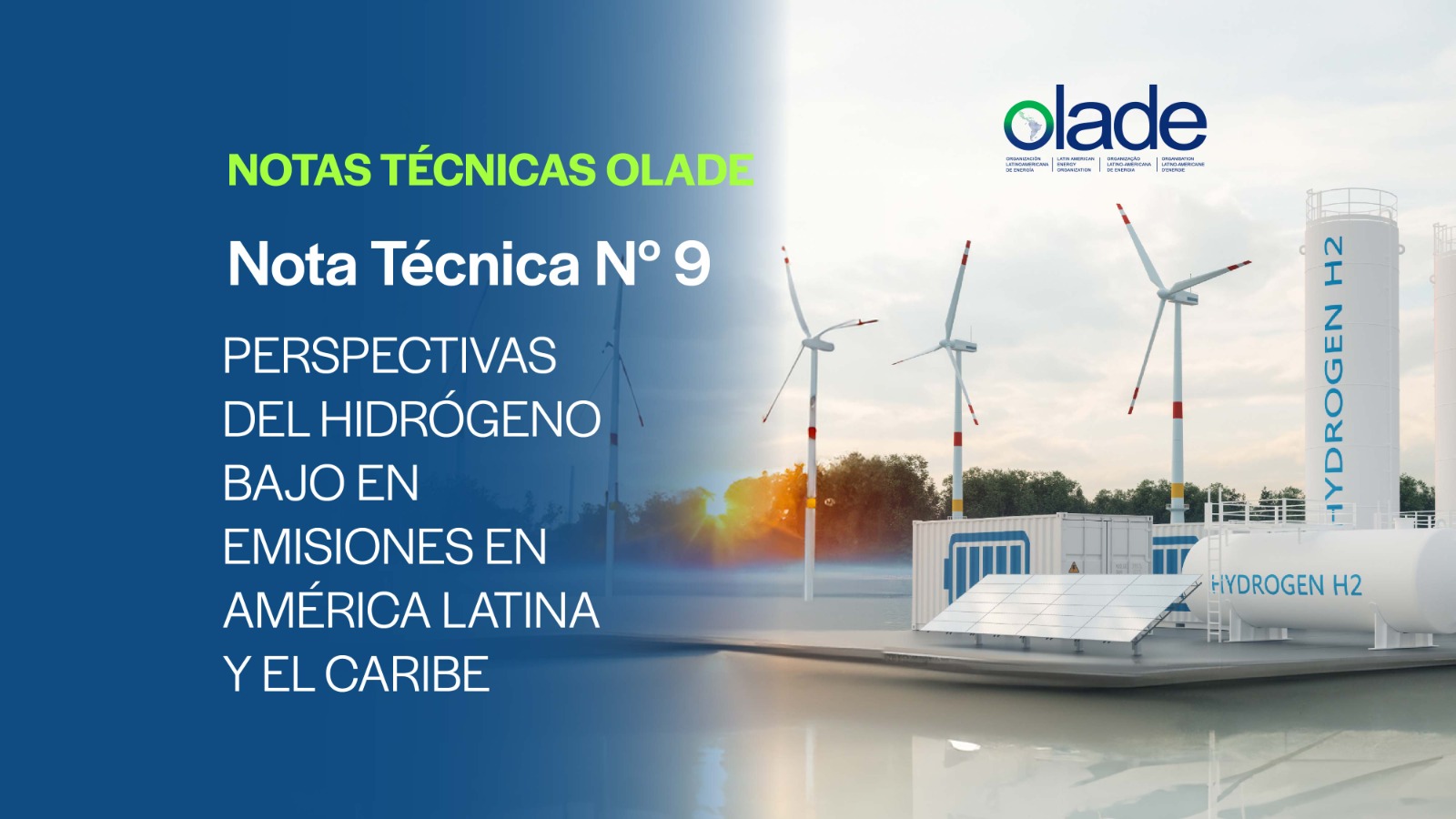The report highlights a 28% increase in electricity exchanges between countries in 2023 and the utilization rate of electrical interconnection infrastructure in the region.
It also underscores how these exchanges helped meet 3.7% of the regional energy demand.
The Latin American Energy Organization (OLADE) presents its second Technical Note on the situation of electrical integration in South America. This document is part of a series of monthly OLADE publications aimed at addressing current issues and contributing data and information for critical analysis and the search for solutions to the problems and challenges facing the region.
The publication includes relevant information about the interconnection infrastructure and electricity exchanges that have taken place between South American countries in recent years, as well as an analysis of the impact of these exchanges on meeting internal demand.
The main findings of this research include the following:
1.In terms of infrastructure, there are 1,679 kilometers of international interconnection lines, and an additional 4,775 kilometers have been identified in inventories, studies, and pending projects.
2.In 2023, electricity exchanges between South American countries increased by 28% compared to 2022. Ninety-five percent of these exchanges occurred among the countries of the Southern Cone.
3.In South America, electricity exchanges covered 3.7% of the demand. However, on an individual level, some cases stand out:
Uruguay met 11.1% of its demand with imports, mainly from Brazil and to a lesser extent from Argentina.
Argentina met 10% of its demand with imports from Brazil, Uruguay, Paraguay, and to a lesser extent from Bolivia and Chile.
Ecuador was able to meet 4.4% of its demand with imports from Colombia and, to a lesser extent, from Peru.
4.The utilization factor of international interconnections also increased. In the Southern Cone, the average utilization reached 35.5%, compared to 28.4% recorded in 2022:
The Garabí converter station of the interconnection between Argentina and Brazil reached a usage factor of 45%, and in general, Argentina’s imports reached a 60% usage of the direct interconnection infrastructure with Brazil.
5.In the Andean Region, this average reached 39.4%, an increase from 13.9% in 2022. The most utilized link was between Colombia and Ecuador, at 46.3%.
The occurrence of joint hydrological scarcity periods, as recently observed in Colombia and Ecuador, or those seen in 2020/21 in the Paraná basin, or during much of the 2020/23 period in the Uruguay River basin, highlights the problems associated with extreme climate events to which the countries in the region are exposed, with effects such as increased generation costs, higher emissions, and even rationing. This underscores the importance of international interconnections as one of the solutions to address supply shortages.
Therefore, the study concludes that countries with higher levels of physical integration, even if their utilization during normal periods was low, have been better able to cushion or avoid the most critical effects.
The full study is available at the following link: https://www.olade.org/publicaciones/nota-tecnica-2-situacion-integracion-electrica-america-sur/
Launch video: https://www.youtube.com/watch?v=UIZjYVqpJQs
